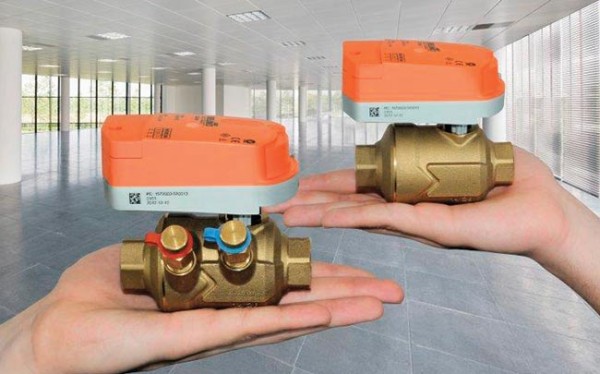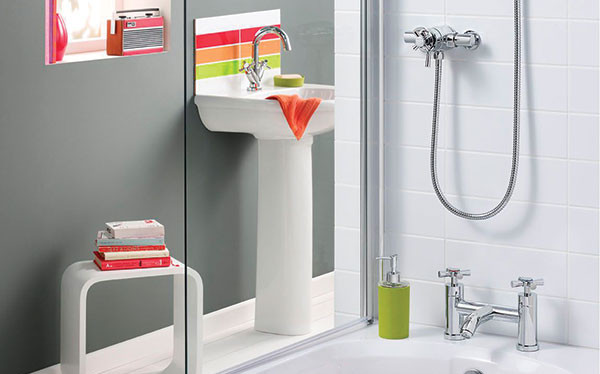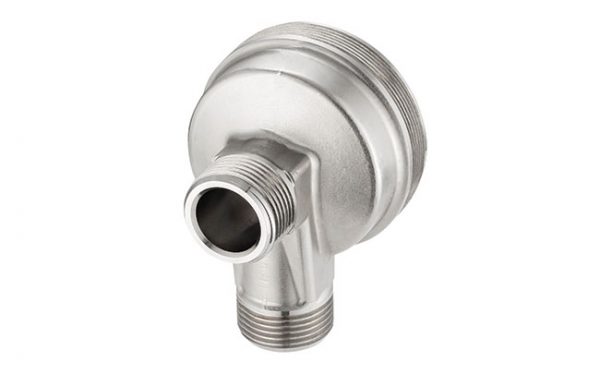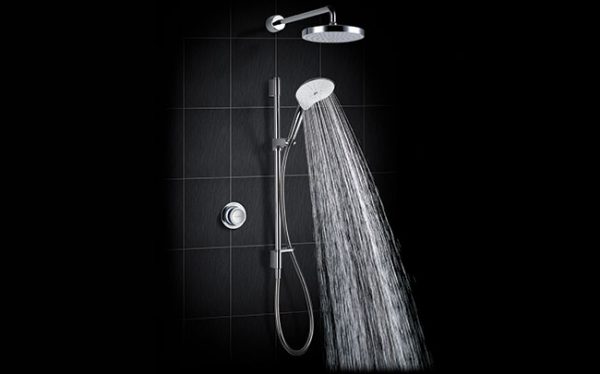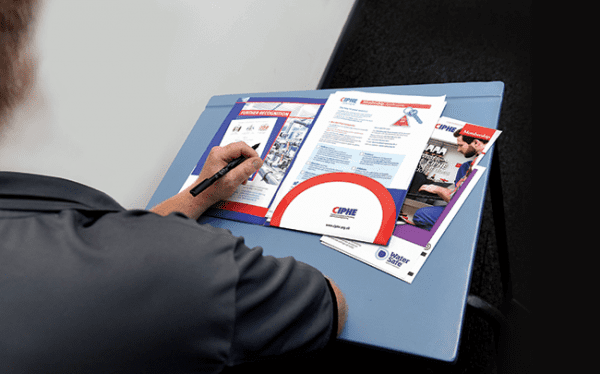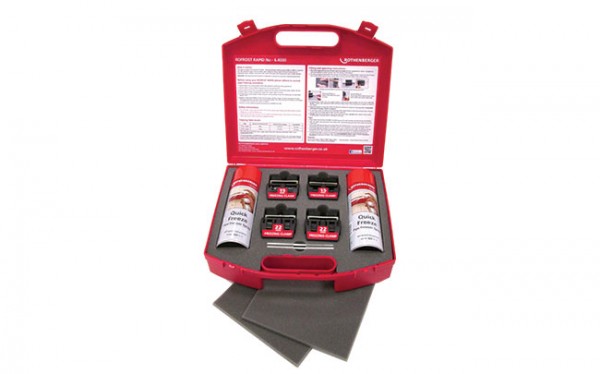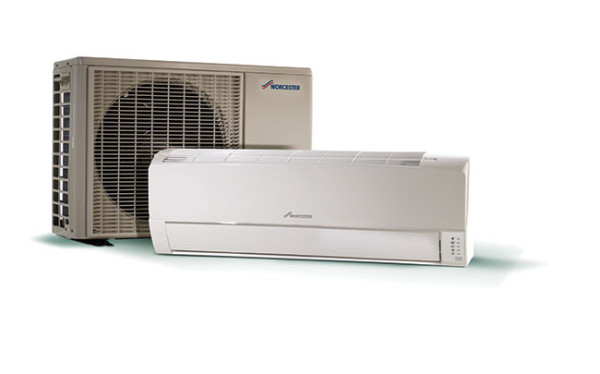
Arctic blast
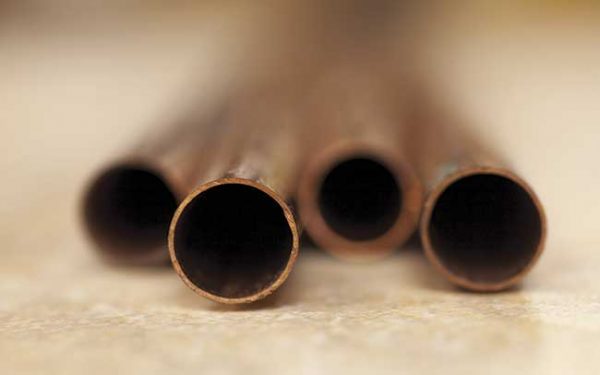

The process of freezing pipes allows installers to carry out repairs efficiently, in a few simple steps. Sarah Robinson, head of sales and marketing at Arctic Hayes, outlines how to go about it
Arctic pipe-freeze products enable repairs and maintenance of pipe work to be carried out without the need to drain down the whole system. Kits can be used on copper, steel (including stainless and carbon), plastic including underfloor heating, lead and iron pipes.
They can be used on pipes from 8-61mm and ice plugs can be formed within two minutes, depending on conditions. These are ideal for plumbing and pipework installations where disruption needs to be kept to a minimum.
Arctic pipe-freeze kits have huge advantages when working in domestic properties, apartment blocks, hospitals, schools, colleges and leisure centres and many more locations.
‘Arctic pipe-freeze kits have huge advantages when working in domestic properties, apartment blocks, hospitals, schools, colleges and leisure centres’
Key features
- Portable
- Freezes in under two minutes
- Non-flammable
- Up to 7 freezes per 700g can
- Horizontal and vertical freezes
- Dual freeze capability with most polar kits
- No drain-down required
- Reduces job time on average by 85% (based on a two-hour drain-down and refill)
- No need to locate stopcock or service valves
- Saves money
- Saves time
- Great even for small spaces
Step 1:
Flowing water will not freeze, so ensure circulation pumps are switched off and water is static and as cool as possible. Ambient temperature should be around 20°C or cooler for optimum performance
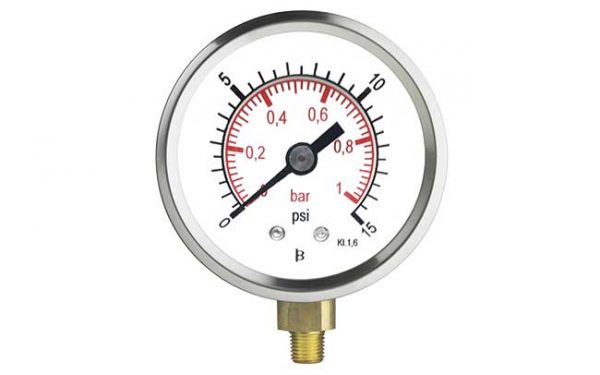

Step 2:
Use the weighing scales to check the amount of available gas in the Polar Spray canister. Refer to the freezing guide for the amount of refrigerant needed per freeze. Approximately, 100 grammes of Polar Spray will freeze one 15mm copper pipe. Each new can contains 700g, providing up to seven freezes per can on this size of pipework
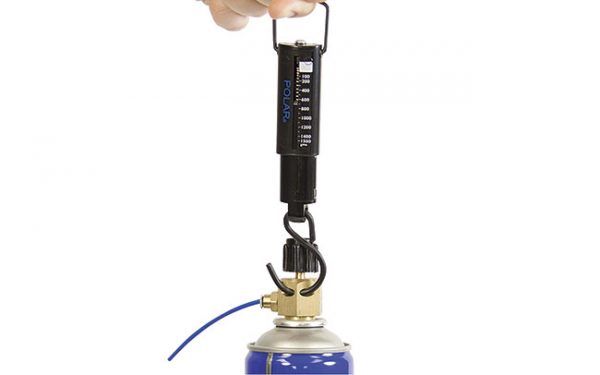

Step 3:
Select freezing jacket size based on the freezing guide printed on the Polar Spray canister. Wrap the jacket around the pipe and pull toggles tight. If the pipe is horizontal, then make sure the seam is facing upwards
Step 4:
Connect the nylon tubing to the brass valve by gently pushing the tubing into the push-fit connector on valve, then screw the valve to the canister, taking care not to overtighten. Connect the opposite end of the nylon tubing to the jacket
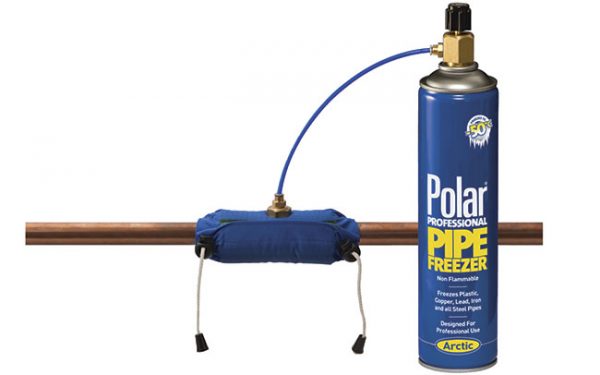

Step 5:
Open the valve by slowly rotating the tap clockwise towards the + sign. If the refrigerant starts to leak from the jacket, slow the flow of the gas by turning the tap anti-clockwise towards the minus sign. With the correct flow of refrigerant, you will see a fine mist around the jacket without any liquid refrigerant leaking from the jacket. In 99 per cent of freezes you will hear a click after 2-5 minutes, which is the ice plug forming and pushing against the pipe. Wait another 30 seconds after this click – and the pipe is frozen
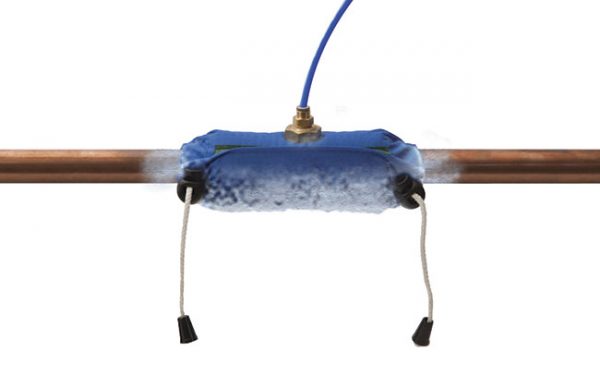

Step 6:
Test that the pipe is frozen by opening a valve downstream. Once happy, commence work
Share
Related articles
Pipe Freezing
Freezing is an effective way of stopping the flow of water so pipes can altered or maintained. Ross Dickinson, technical product manager at Rothenberger, outlines one of many methods of doing this
Air-Source Heat Pumps
Air-to-air heat-pump technology offers a cost-effective source of healthy air. Martyn Bridges, director of marketing and technical support at Worcester Bosch, offers a step-by-step guide to the Greensource system



